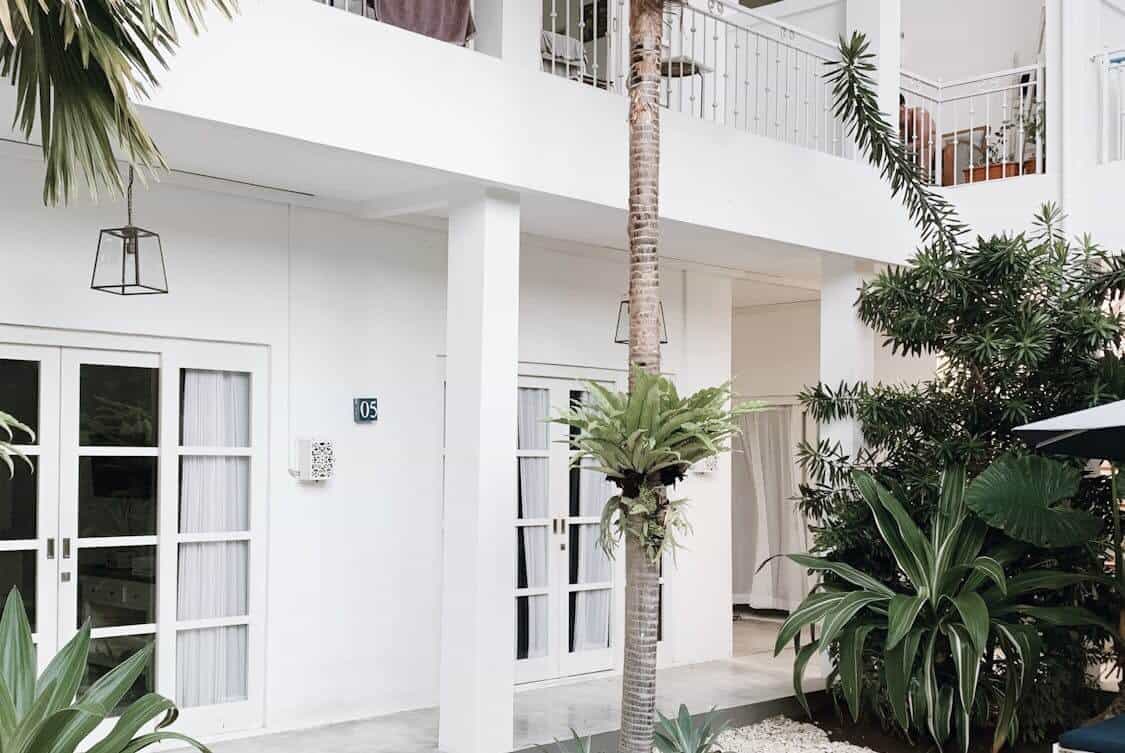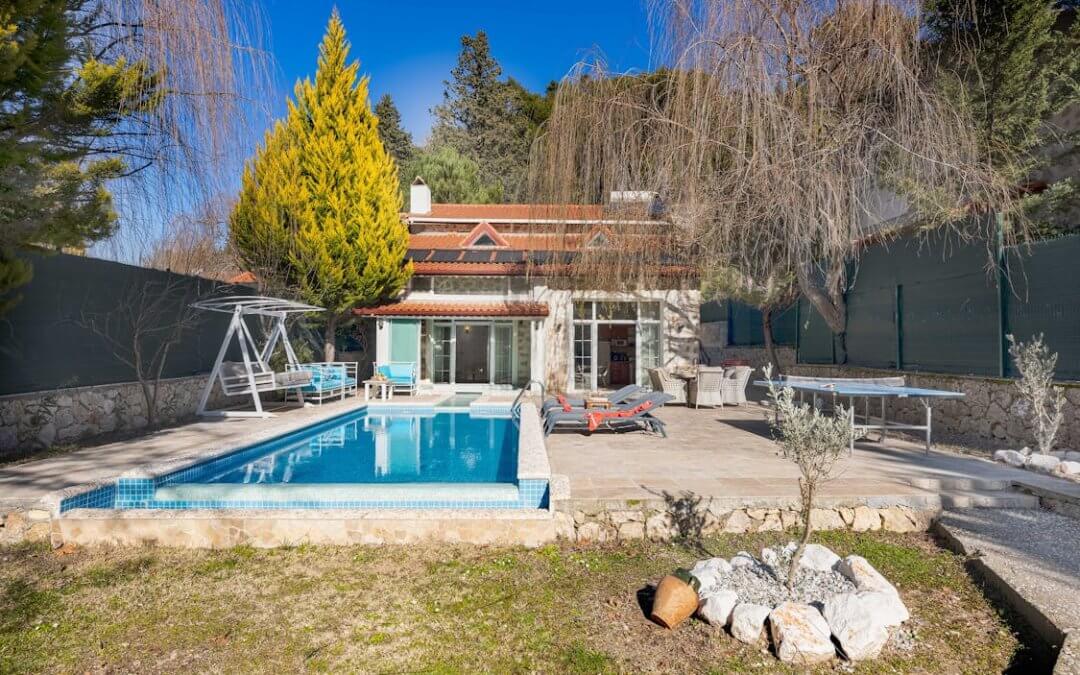Concrete slabs are crucial to the structural integrity of your building. They distribute the weight of your structure evenly across the ground, preventing settlement and ensuring stability.
Hollow core slabs feature tubular voids that run through their length, which can function as service ducts and reduce the amount of concrete used. They are often prefabricated and delivered to the construction site ready for installation.
Strength
Concrete slabs have a great deal of strength. They can withstand the weight of vehicles, equipment, and more. In addition, they can last for decades without showing signs of wear and tear. This durability makes them a popular choice for construction projects.
In a house, the concrete slab acts as a foundation. It spreads the weight of the building over a large area, which prevents damage to the ground and other structures below it. Concrete slabs can also be used to build patios, terraces, and garden paths. These can be decorative or functional, and they are available in a wide range of colors and textures.
Slabs are made from a mix of cement, water, aggregates (such as sand or gravel), and reinforcing materials such as steel bars. The concrete is poured into formwork, which is set on the ground to create the desired shape of the slab. After the concrete is poured, it is leveled and smoothed. The concrete is then cured, which allows it to harden and gain strength.
While slabs are extremely durable, they can still crack over time. This is due to many factors, including soil movement and freezing temperatures. Cracks in a concrete slab can be dangerous, so it is important to monitor them and have any issues repaired immediately.
A key factor in minimizing cracking is the control of mix water. As the fines settle in freshly placed concrete, excess mix water rises to the surface as bleed water. Keeping this to an absolute minimum is vital, as too much bleed water can lead to a range of problems, including shrinkage cracks in the surface paste (crazing), weak, chalky surfaces (dusting), and blisters & de-lamination.
Another way to minimize cracking is to use fiber or a synthetic resin to reinforce the concrete and reduce permeability. It is also important to seal the concrete to protect it against stains, weathering, and wear and tear. A good sealant will also help to increase the life of the concrete. Finally, a thermal barrier is recommended to protect the slab from moisture and cold temperatures. It is also important to allow for natural ventilation around the perimeter of the slab, so that heat stored in the concrete can dissipate during the day.
Durability
Concrete slabs are a strong and durable building choice for many construction applications. They help distribute the weight of buildings and their contents over a large area, providing a solid base for floor and wall finishes. They can also act as a foundation for basements and crawl spaces.
Slabs are constructed of reinforced concrete poured into formwork. The formwork is a temporary structure that defines the shape of the concrete when it sets. Slabs are commonly used for floors, roofs and foundations in multi-story buildings.

The durability of concrete is improved by making sure that the correct ingredients are mixed and poured in accordance with industry standards. The concrete must also be properly cured in order to achieve the desired strength and durability.
Local weather conditions are another important factor that can influence the strength and durability of concrete slabs. Cold climates can cause the concrete to freeze and expand, which may lead to damage and structural problems. In hot climates, the concrete can crack due to thermal expansion and contraction. It is important to monitor temperature fluctuations onsite and remotely during the curing process to avoid these issues.
Concrete has a high embodied energy, which means it uses a significant amount of natural resources to produce. However, this can be offset by using recycled materials and sustainable production techniques. Alternative forms of concrete that use less embodied energy are also becoming available, such as hempcrete which is made from industrial hemp fibres and lime-based binders. Eco-comparison websites can help you choose a building material that minimises its environmental impact.
Even the most expertly installed concrete slabs can crack over time, particularly in areas with extreme climates. Cracks can range from hairline fractures to major splits that threaten the integrity of a home’s foundation. They can also be difficult to repair, requiring specialized tools and procedures.
A slab foundation can be a suitable option for some types of homes, but it is essential to consider the needs of your home and the site before making a decision. If you are thinking of building a slab foundation, be sure to discuss your options with an experienced builder to ensure that the best solution is chosen for your project. When it comes to reliable and long-lasting concrete installations, Gold Coast’s concrete slab specialists can provide expert advice and top-notch service to ensure your project is a success.
Design Versatility
Concrete slabs can be designed for a wide range of different applications and environments. The slab’s thickness, configuration, and reinforcement are determined by factors like the design load of the building and its intended use. For example, a warehouse floor that will support heavy forklifts would require a higher compressive and abrasion resistance than an office floor. In addition, the slab’s tensile strength and resistance to cracking will also be important. The layout of the reinforcement, including the size, spacing and placement of steel rebar, is also an important consideration.
While concrete is inherently strong in compression, it is relatively weak in tension. For this reason, concrete slabs are generally reinforced to provide tensile strength. Using proper rebar layout and a mix with the right hydration levels, it is possible to achieve a balance of compression and tensile strength for the intended building application.
In most cases, the rebar is placed inside formwork, which is a type of boxing that’s built from wood or plastic. Depending on the slab type, the formwork may be a simple ground slab with side walls or a tray-like structure. For instance, a beamless slab can be constructed on the construction site by placing wet concrete into a tray that’s supported tentatively by scaffolding.
Before the concrete is poured, it’s important to remove all organic matter and compaction the soil to the correct grade. If the sub grade contains expansive clays or silt, additional steps may be required to ensure that the concrete is properly anchored to the soil.
Pouring a slab is a messy process that’s often done in the open air, so it’s important to have a weather forecast that’s clear and dry. Conditions that are too hot or windy can cause problems, such as crusting and excessive shrinkage cracking. These problems are easily avoidable by ensuring that the concrete is placed on a clean pad and well-draining ground, and that it’s not exposed to windy conditions until it is fully set.
Choosing a slab contractor is an important step to ensure that your building project goes as smoothly as possible. Make sure to ask potential contractors about their experience and the types of projects they have completed. It’s also a good idea to check their references and read reviews before hiring anyone.
Energy Efficiency
Concrete slabs have high thermal mass that allows them to absorb and release heat at a steady rate. This helps regulate indoor temperatures, reducing energy consumption and greenhouse gas emissions. Slabs with this feature are also more durable than those that have low thermal mass, so they last longer and require less maintenance.
Homes built on a slab foundation are more effective at retaining heat during the day, reducing dependence on air conditioning and other energy-intensive appliances. This natural cooling effect of a concrete slab can also reduce the need for water-based heating systems, further lowering energy bills.
In addition, concrete slabs are more suitable for homes in flood-prone areas than basement or crawl space foundations. Because slabs sit directly on the ground, they are not as prone to flooding and other costly problems caused by excess moisture.
Slab-on-ground construction eliminates the need for crawl spaces and other voids beneath a home, eliminating common entry points for pests such as termites. This can save homeowners money on costly repairs and the potential health hazards associated with pest infestations.
A concrete slab can be poured on site or prefabricated in the factory. Prefabricated slabs are made by forming a reinforced box that is then filled with concrete. They are typically sprayed with water to prevent cracking, then cured under controlled conditions. Some prefabricated slabs are insulated, such as with extruded polystyrene foam (EPS), to prevent heat migration from the living area into the ground and vice versa.
For slabs poured on site, formwork is used to shape the concrete into the desired shape and size. The formwork is then removed and the slab is left to cure. The process of forming and pouring slabs on site can take more time than prefabricated slabs, but this allows builders to customize the design and layout of their homes to fit the site and climate zone.
Slab-on-ground foundations can be either conventional, with deep beams supporting the structure or waffle pod slabs that have a grid of expanded polystyrene foam (“waffle”) pods for void formers and concrete in between. Conventional slabs are able to be insulated under the broad floor panels, while waffle pod slabs can only be insulated at the edges. Both types of slabs are highly cost-effective and can be constructed on a smaller footprint than a basement or crawl space foundation.




